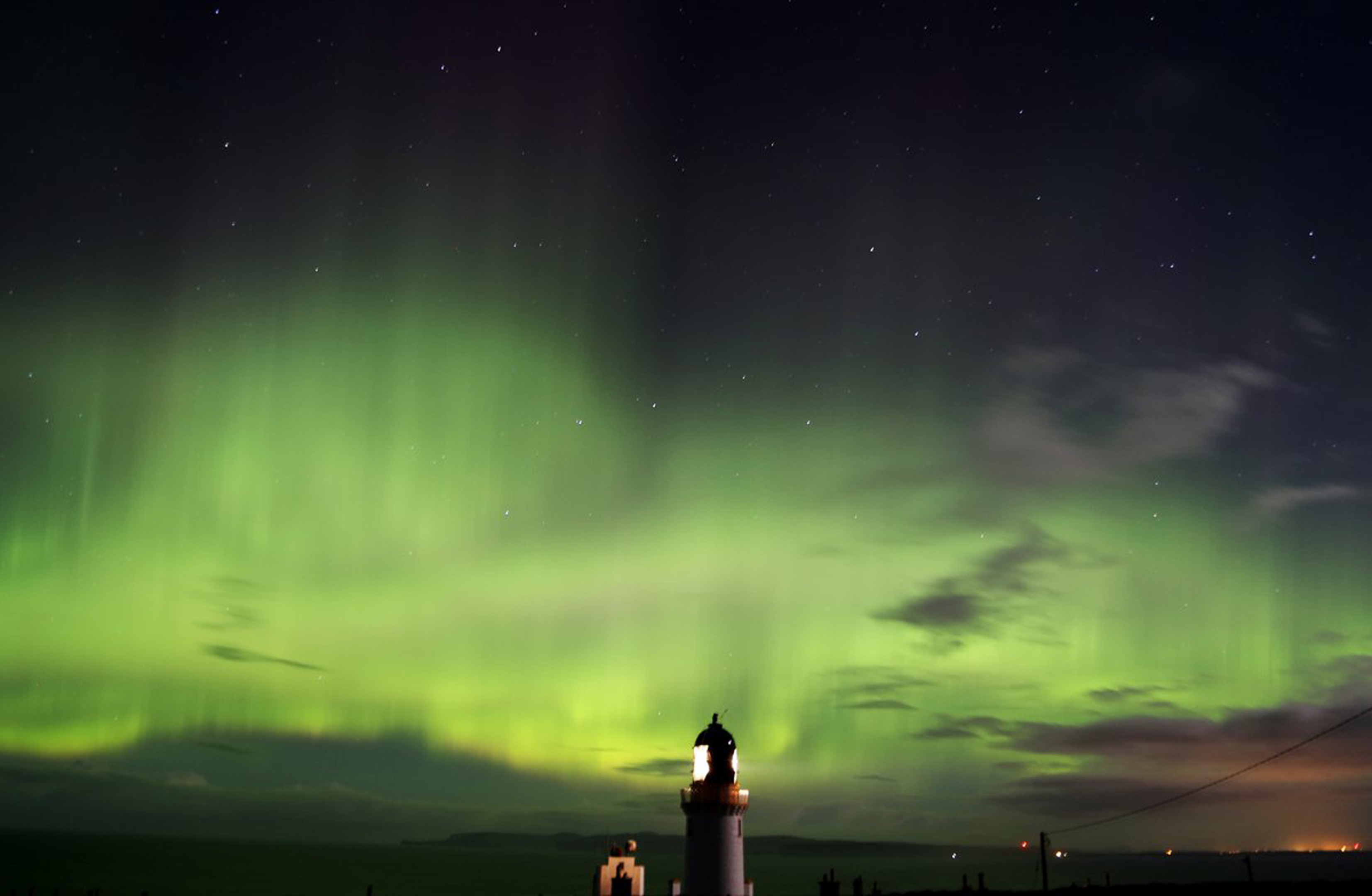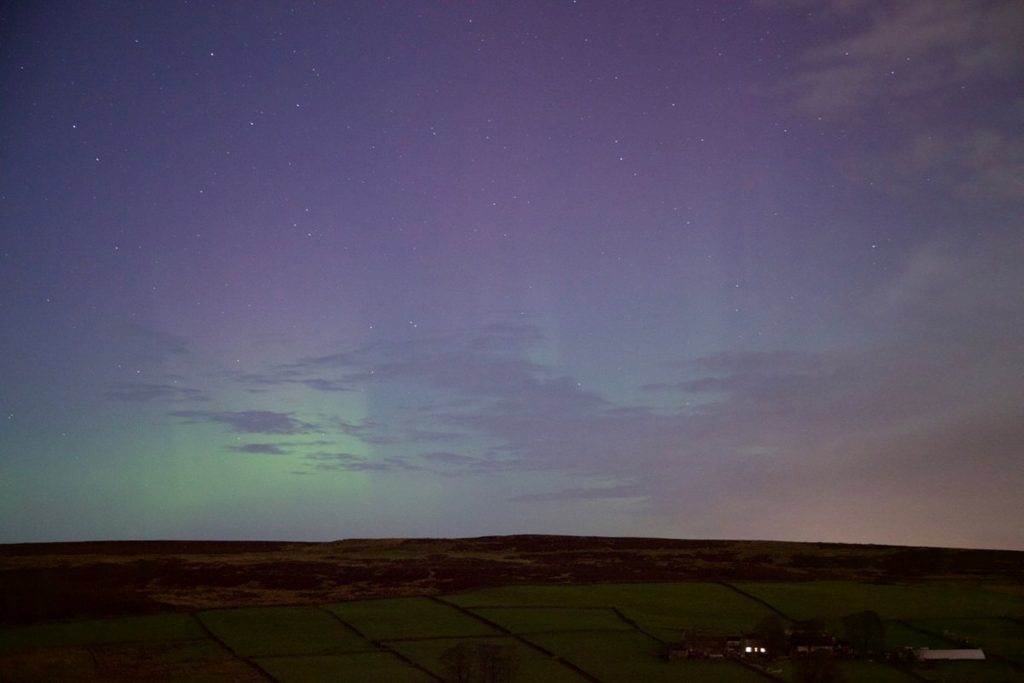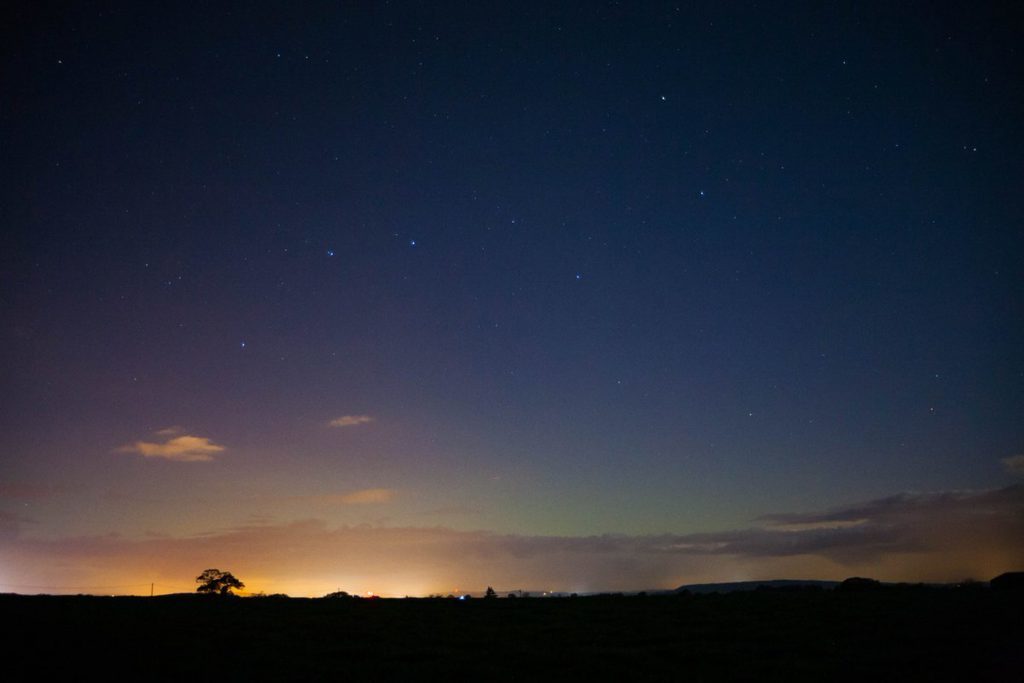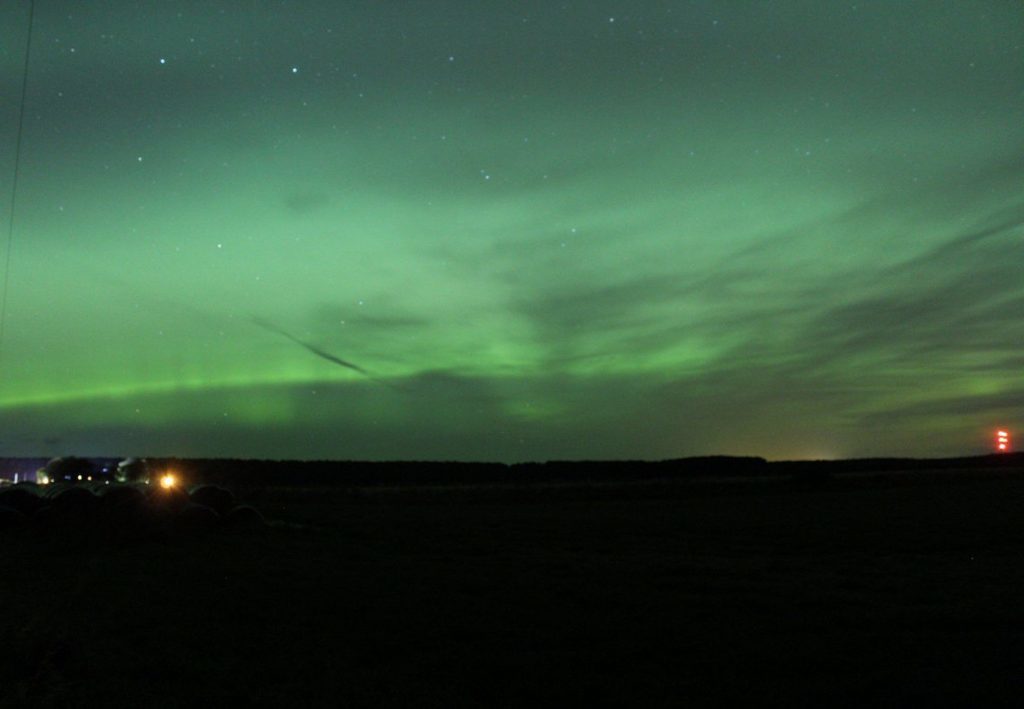
A dazzling Northern Lights display which an expert said was “almost like being in Iceland” drew together eager stargazers keen to witness their appearance in UK skies.
The natural phenomenon swept across parts of Scotland and northern England on Tuesday night, while areas as far down as South Wales also caught a glimpse of the ethereal event.
Strong conditions, such as dark, clear skies, will remain for the next few days, forecasters said, with the Met Office looking into what could be another appearance on Wednesday.
“(The lights) were seen quite widely last night across northern Britain, where the conditions were conducive to the event,” said Met Office spokesman Grahame Madge.
“Sightings in the UK occur when we get excellent conditions for them to be seen.”
The lights, scientifically known as the aurora borealis, are usually witnessed in Britain “the brighter they are, and the more overhead they are” in Scandinavia, said Dr Nathan Case, a space physicist at Lancaster University and an AuroraWatch UK team member.
“In Shetland the aurora came overhead, so for those watching, it was almost like being in Iceland,” he added.
Tuesday’s phenomenon was caused by fast solar winds emitted by a hole in the outermost layer of the Sun, Mr Case said.
“Last night’s aurora was driven by fast solar wind coming from a coronal hole. The solar wind is a plasma, or electrically charged gas, that constantly blows out from the Sun.
“Particularly fast or strong solar wind conditions can produce visible aurora from the UK, such as last night,” he added.
Mr Madge said: “With an event like that, we get the best chance of seeing it the further north you are. The more significant the event, the further south you can see it.”
South Wales, Scotland and the north of England are the regions most likely to encounter the aurora in the coming days, and Mr Case says those wanting to catch the phenomenon should keep an eye out for alerts online.
“Aurorawatch UK issues alerts of when aurora activity is high. To see the aurora, one needs dark, clear skies with a good view of the northern horizon.”
However, those further down in the south are less likely to observe sightings.
Mr Madge said: “You need dark skies, and with light pollution being a problem in the south, it would be less visible.”

Enjoy the convenience of having The Sunday Post delivered as a digital ePaper straight to your smartphone, tablet or computer.
Subscribe for only £5.49 a month and enjoy all the benefits of the printed paper as a digital replica.
Subscribe

